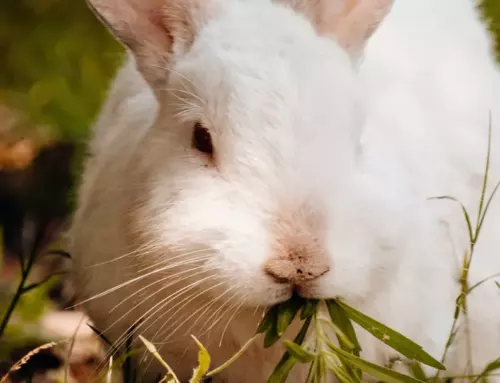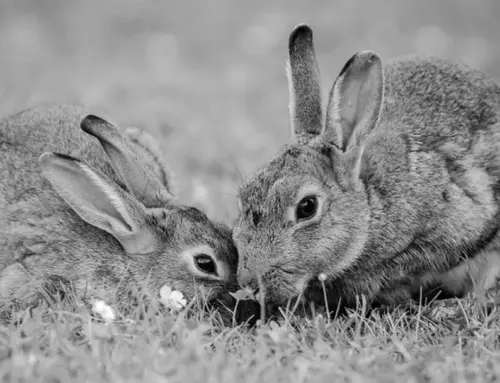Every dog or cat owner will tell you that their pet is affectionate, lively, and intelligent, but a rabbit owner will tell you that their pet is even more so. However, they demand more care and attention continuously and daily and have a higher level of required upkeep.
Furthermore, various breeds come with unique physical qualities, psychological traits, and requirements. For instance, certain types of rabbits are very affectionate, while others tend to jump away if someone tries to pet them. Prospective owners have to give serious consideration to each breed to achieve a suitable fit.
In addition, proprietors have to consider each breed’s vulnerability to various health issues. Malocclusion refers to a misalignment of the top and bottom rows of teeth while the jaw is closed, and some breeds, such as the Netherland Dwarf, are more likely to acquire this condition than others.
Other bunny breeds are susceptible to the same general health problems that affect all rabbits, such as ear mites, fly strikes, and overgrown teeth. Since rabbits’ teeth never stop growing, they must constantly chew on something to keep their mouths busy and prevent them from becoming too long.
Here Are the Top Wonderful Pet Rabbit Breeds
Holland Lop
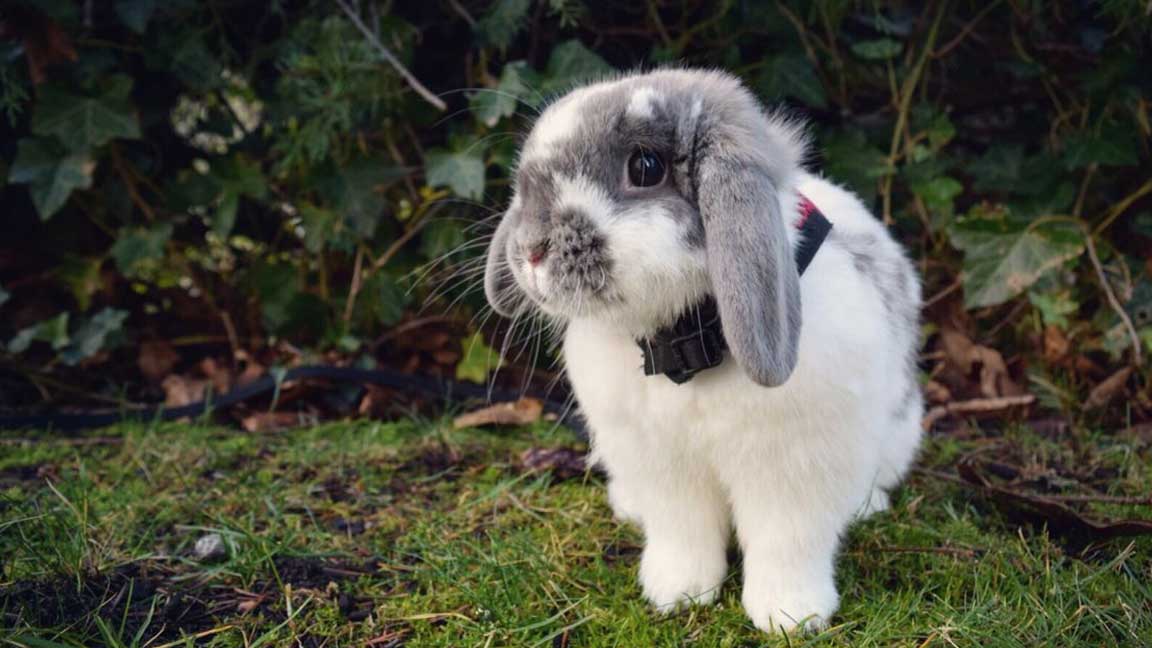
Holland Lop rabbits are popular show rabbits. In 1979, the American Rabbit Breeders Association recognized the breed in the United States. The dwarf breed is smaller than most rabbits, even for rabbits. The typical weight range for a Holland Lop is between 2 and 4 pounds.
They might have broken coloring or solid coloring, and they can be any of a very broad range of hues. Because of their exuberant personality, Holland Lops are great to play with because of their vivacious personality. Still, they may also be a bit tough to handle when entering and exiting their cages. They are not the most suitable breed for households that already have children.
Although they are good with youngsters, you should always keep an eye on them while playing with the rabbit since they may get into trouble if you don’t want to hold them.
Mini Rex
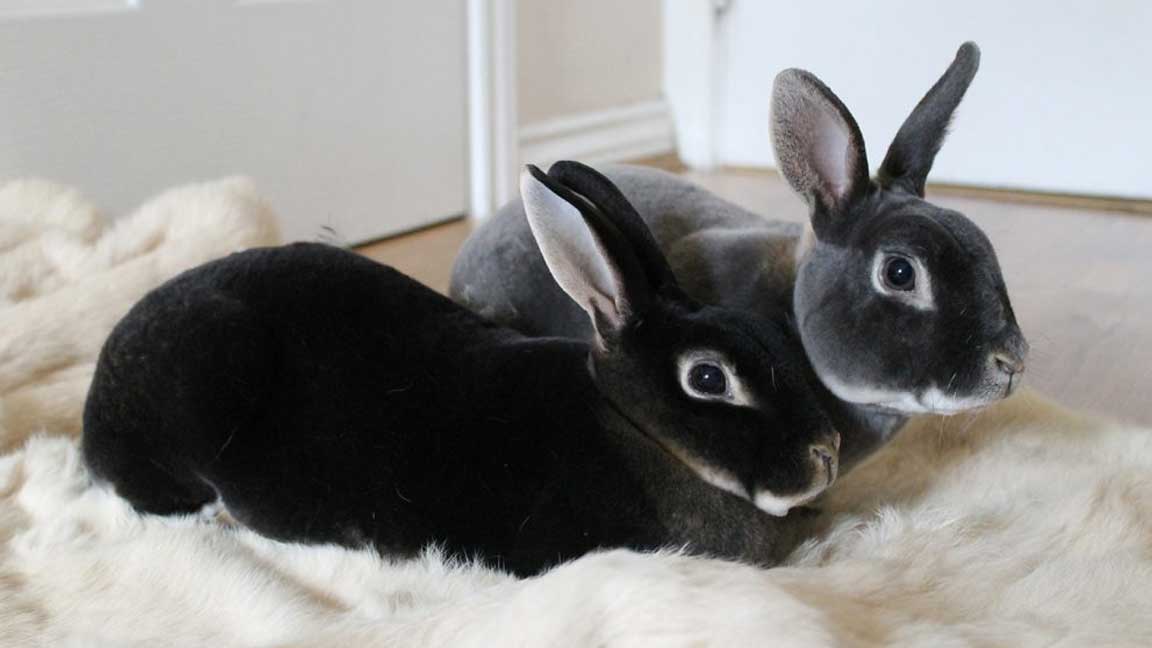
In the late 1800s, France was the birthplace of the Mini Rexes. The outer layer of Rex’s fur is shorter than that of most other breeds because of a recessive trait, which also causes Rex’s hair to protrude from its body rather than resting flat. This indicates that their undercoat is plush and velvety, and you can feel it.
They are quite sociable, and despite their small size, a fully grown one weighs between 3.5 and 4.5 pounds, they are not shy. One of the most common rabbit breeds in the United States, their popularity is not hard to fathom.
Dwarf Hotot
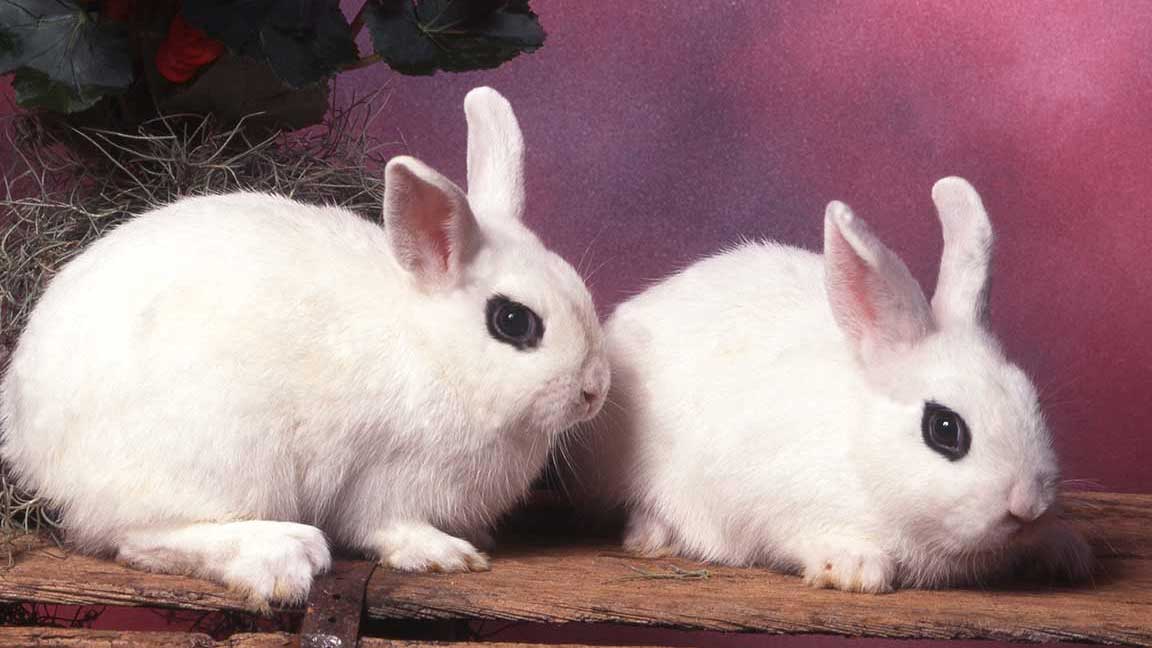
Like Dutch rabbits, Dwarf Hotots are mostly recognized by the distinctive hue of their fur. They have completely white coats, with the exception of a little ring of color that surrounds each of their eyes. Since the beginning of time, the only Hotots that were permitted to participate in displays were those with black spots. However, the A.R.B.A. has recently granted the go-ahead for those with chocolate spots to compete in shows.
They did not originate as a breed of dwarf animals. The bigger Blanc de Hotot rabbit, which had black eyes and white fur, was produced in the early 1900s as a multi-purpose animal that could be utilized for its skin and its meat. As the use of rabbit meat and fur fell out of favor and an increasing number of people started keeping these creatures as pets, dwarf breeds saw a surge in popularity, leading to the development of the Dwarf Hotot breed.
Mini Satin
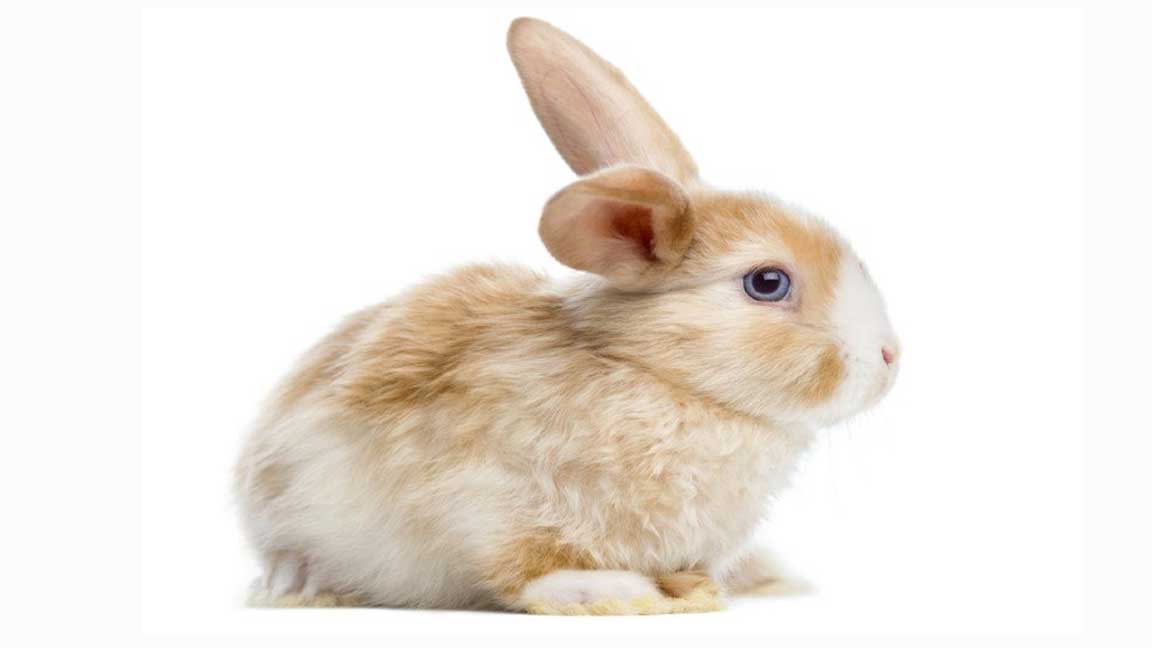
One of the varieties of pet rabbits that are on the smaller side, Mini Satins even have hair that is very plush and shiny. When the satin gene was discovered for the first time in 1956, larger satin breeds quickly became quite fashionable. Breeders then moved on to the next step, which was to create a more miniature replica of these bunnies.
Mini Satins are often pleasant and peaceful creatures. In spite of this, they have been known to exhibit irrational behavior occasionally; thus, if you live in a busy household, you should consult the breeder of the Mini Satin rabbit you want to purchase before making a final decision.
Netherland Dwarf
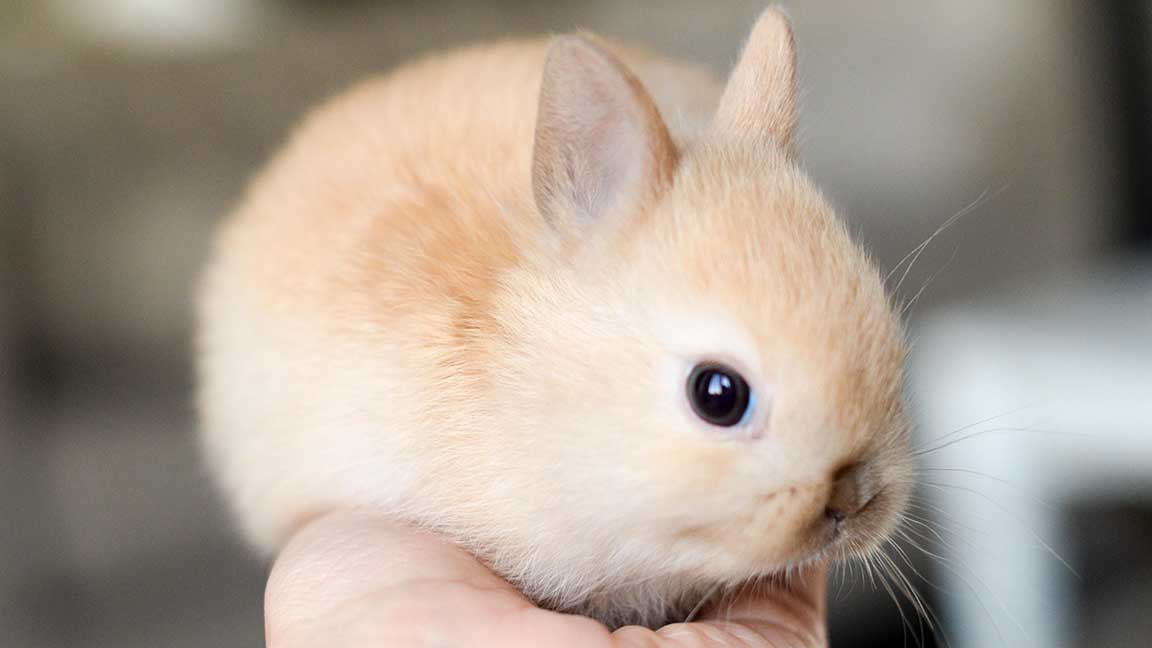
The Netherland Dwarf rabbit, in contrast to many of the other breeds on this list, is not the ideal pet breed for households with young children. On the other hand, they make wonderful adult pets and are particularly helpful companions for elderly or disabled persons.
They love interacting with other people, but only when they are in a setting that makes them feel secure and unchanging. Due to their very small size, which ranges from 1.1 to 2.5 pounds on average, these rabbits are better suited to a stable and peaceful setting than one in which youngsters are rushing about.
Despite their small size, these best rabbits for pets have a high energy need and perform best in homes where they can move about freely for a significant portion of each day. They are shy and unapproachable, which is another reason they are not a good choice for pets for youngsters.
Lionhead
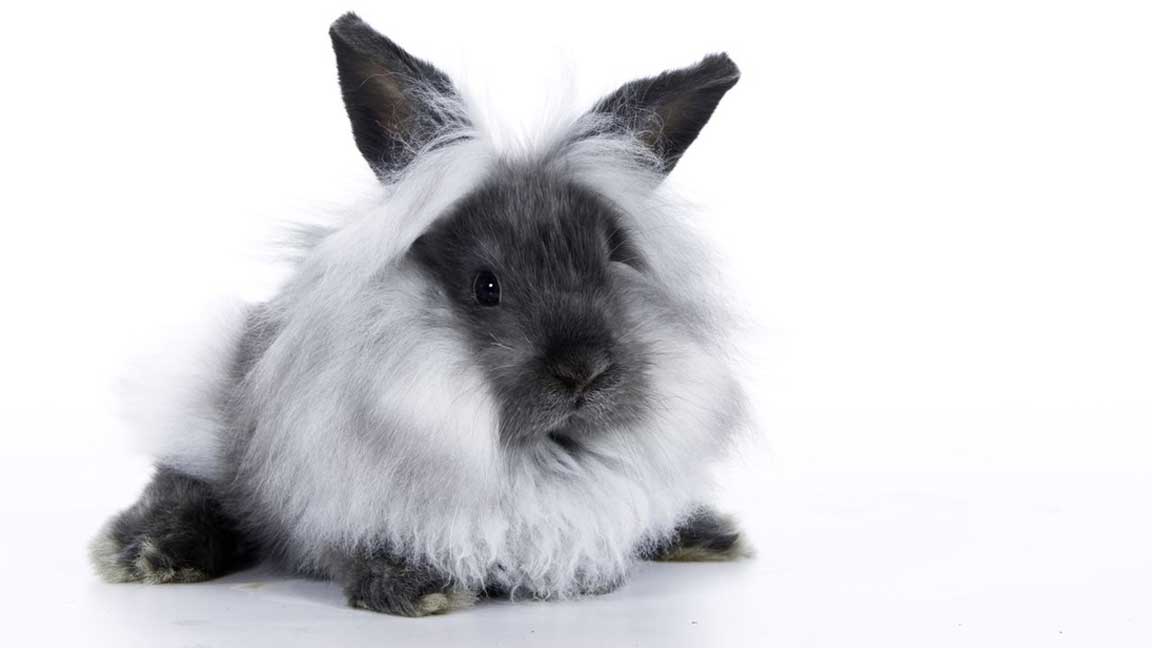
Breeders in Belgium combined a Swiss Fox with a Netherland Dwarf to create the foundation for what would later become this breed. The Lionhead rabbit, so-called because of the longer hair around its head and back, was the product of a mutation in the gene that would eventually be referred to as the “mane” gene.
It wasn’t until the 1990s that the breed was introduced to the United States, and it wasn’t until 2014 that the American Rabbit Breeders Association formally recognized it. Lionheads, being a breed that is both active and friendly, are wonderful pets, particularly for households that include children. However, in comparison to other breeds, they need much more time and effort spent on grooming and maintenance.
Himalayan
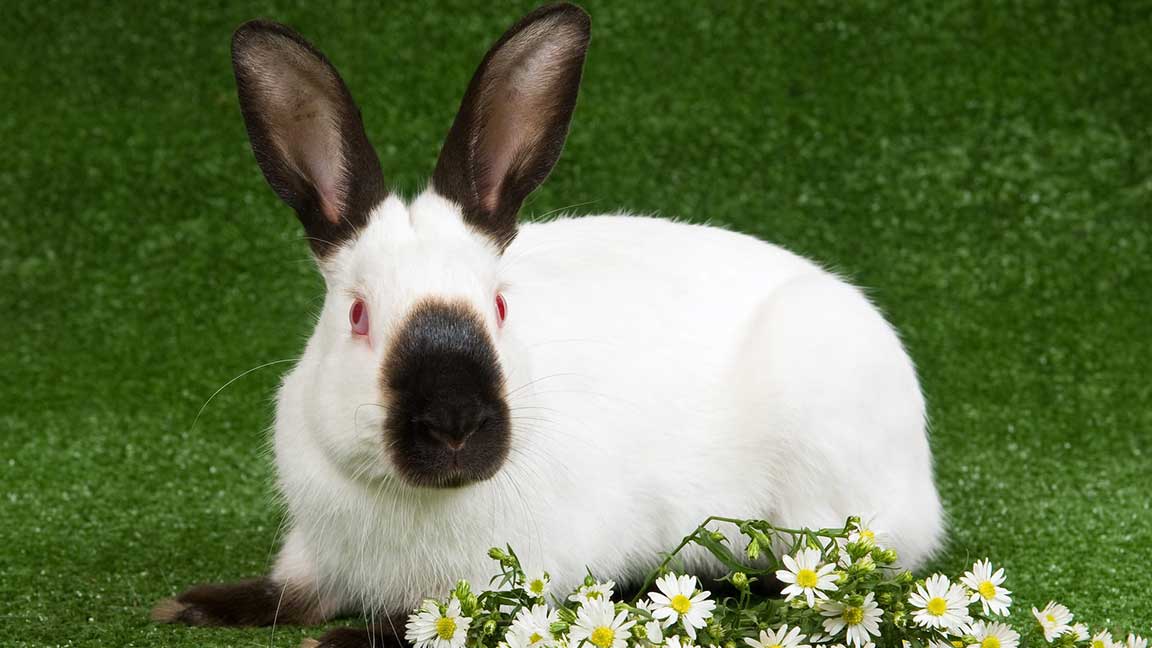
As one of the world’s oldest rabbit breeds, the Himalayan rabbit’s history is shrouded in mystery. According to what has been discovered, Himalayan rabbits made their first debut in the United States sometime around the beginning of the 1900s.
Because they are very quiet and tolerant, they quickly became a popular breed of pet.
Harlequin
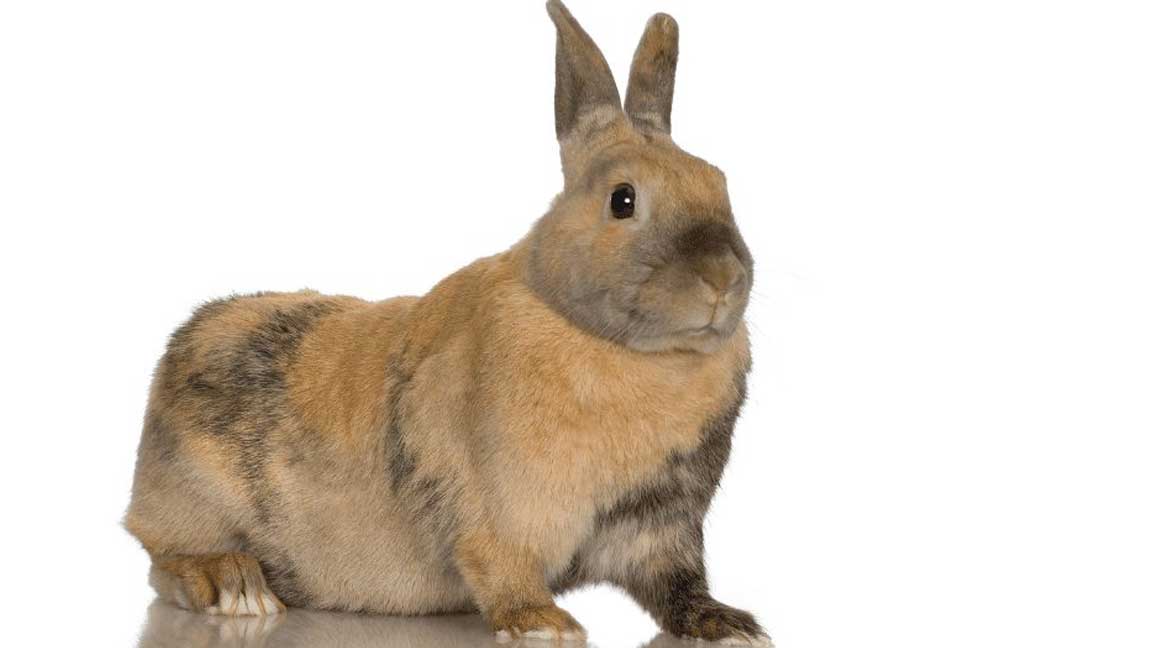
Harlequins were first shown publicly in France in the 1880s when they were still known by their previous name, the Japanese Rabbit. During the time of the world wars, the breed received its new moniker, and its most recognizable trait is the pattern of its coat.
They are a breed that is naturally curious and lively, making them an ideal fit for the role of family pets.
Californian
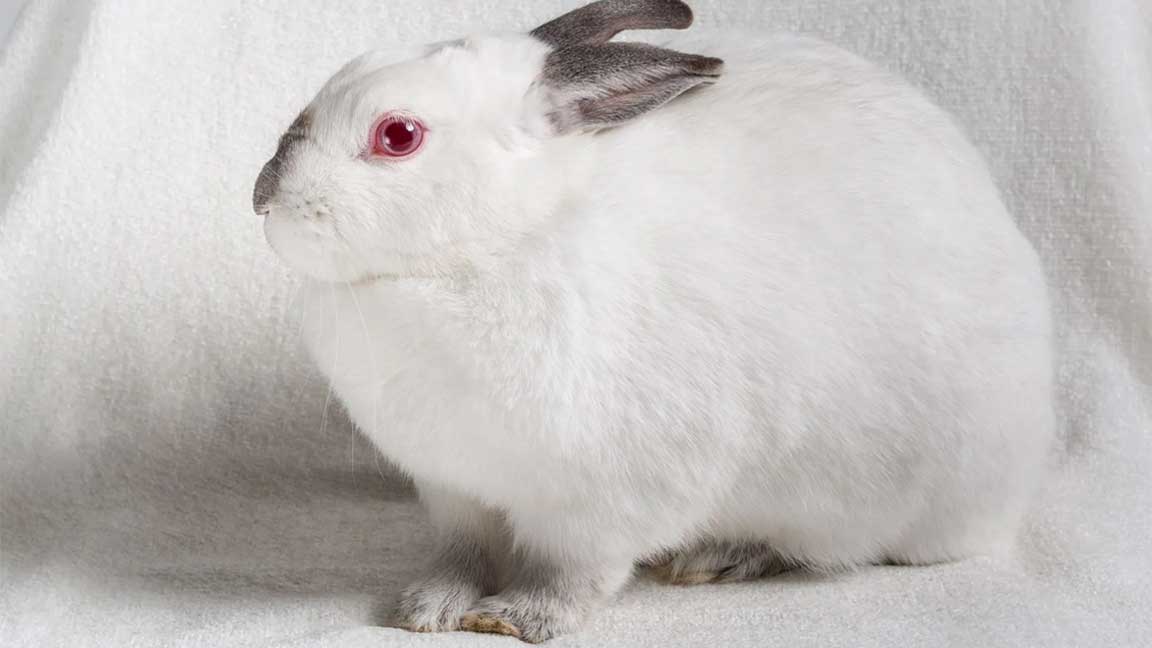
When George West set out to develop the Californian rabbit, his objective was to produce a rabbit that had “excellent” meat and a thick, appealing coat at the same time. This was his motivation for breeding the Californian rabbit.
The Californian rabbit came into being after many years of breeding and various distinct types of cross-breeding. Despite the fact that these rabbits are often kept for their meat or for display, many people choose to keep them as pets owing to the fact that they are so docile.
Polish
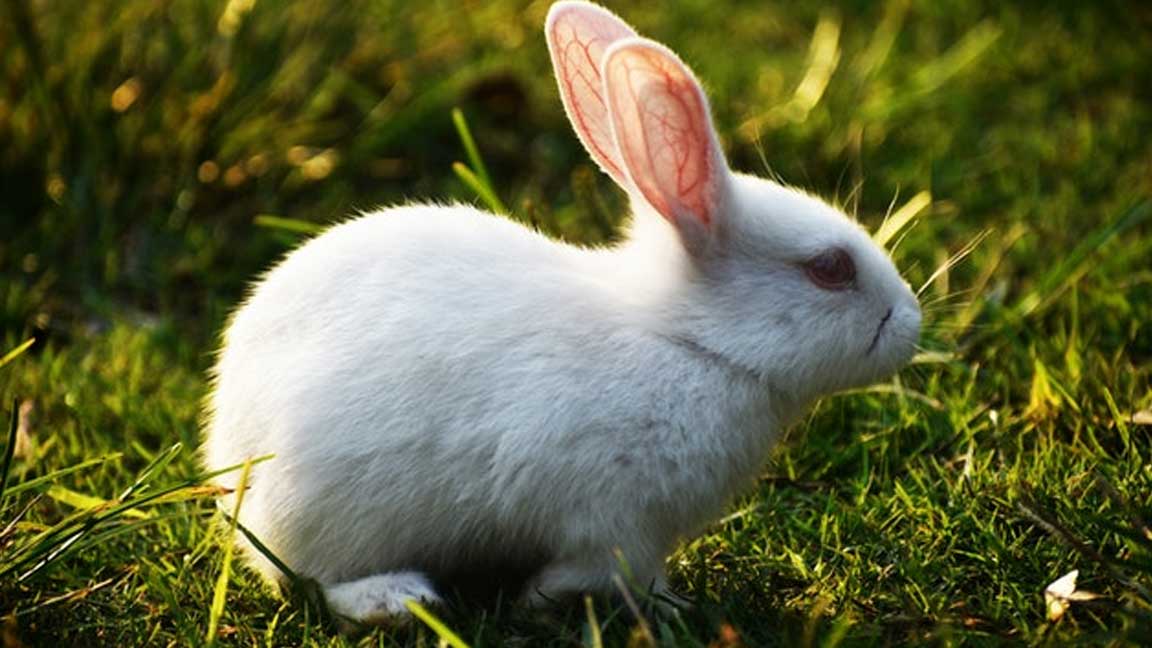
Polish rabbits are another dwarf breed that is tiny in size. Because of their small size, they do need less room than other breeds of rabbits. Because of their tendency to be less active than rabbits of different breeds, they are an excellent choice for those who want a bunny but only have a little room for a pen.
They are peaceful and kind, and bucks, in particular, have a tendency to be very relaxed back. They are also capable of being taught to use a litter box, which is a skill that is always desirable in an indoor pet rabbit.


